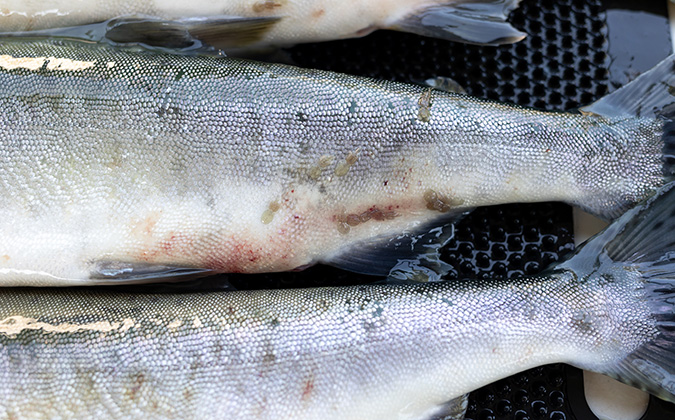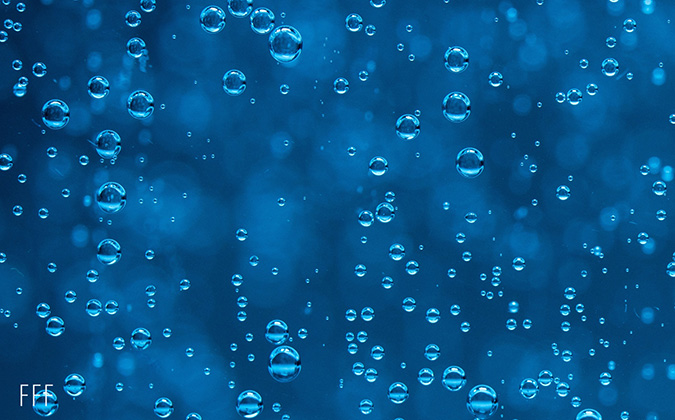
Research highlights risks of thermal delousing treatments for unhealthy salmon
Thermal sea lice treatments do not appear to cause increases in pathogens which threaten farmed salmon, but the risk of stress-related mortalities means that fish already suffering from disease should not undergo thermal sea lice treatments, according to Institute of Aquaculture researchers.
Scientists led by Ahmed Elsheshtawy followed large groups of Atlantic salmon with different husbandry and health backgrounds through a thermal delousing process at two commercial sites in Norway.
At the first site, the 140,700 salmon smolts had not previously been through any delousing treatment or had disease issues, while at the second, the 162,000 smolts had been diagnosed with cardiomyopathy syndrome and gill disease and had already received four different sea lice treatments (a freshwater treatment, two thermal treatments and a mechanical delousing).
Elsheshtawy and his team treated the fish at 34° C for 30 seconds using a treatment boat fitted with a Thermolicer system. They sampled fish before and after the treatments, and a number of metrics were recorded. They took gill swabs for microbiome analysis and part of the gill arch for histological analysis.
Microbiota changes, but few concerns
On the first site, the scientists recorded no increase in mortality over the course of the study, but on the second site, they saw mortality increase significantly, from 0.07% to 0.8%.
They also recorded a transformation in the microbiome of fish at the second site, with significant changes in the diversity and composition of communities, while at the first site, there was no significant change. There was, however, no overall increase in gill pathogens of interest at either of the sites — although densities of certain species did change.
They saw notable upticks in the bacterium Candidatus Branchiomonas cisticola and the microsporidium Paranucleospora theridion at the first site, and significant increases in density of Candidatus Syngnamydia salmonis and P. theridion at the second. Meanwhile, there were significant declines in piscine orthoreovirus-1 at the first site, and the parasite Ichthyobodo sp. at the second site. Despite fish at the second site being infected with piscine myocarditis virus, there was no increase after the treatment.
Stress risk for diseased salmon
“Based on the findings of the present study and the existing literature, there is limited evidence to suggest that thermal treatments would lead to a significant increase in gill-pathogen densities,” the researchers wrote in the journal Aquaculture.
“Given the higher mortalities in diseased salmon subjected to stressors, it is recommended that salmon suffering from disease should not undergo thermal treatments.”
Previous work had highlighted modest levels of gill damage that can be caused by thermal delousing treatments. The histological analysis in the latest study agreed with the levels of damage likely to be seen in the course of such treatments.
“The most significant factor observed in this study was the relationship between prior husbandry history and health status of the commercial populations,” the scientists concluded.
Read the full study report in Aquaculture.
Posted on: March 18, 2024






